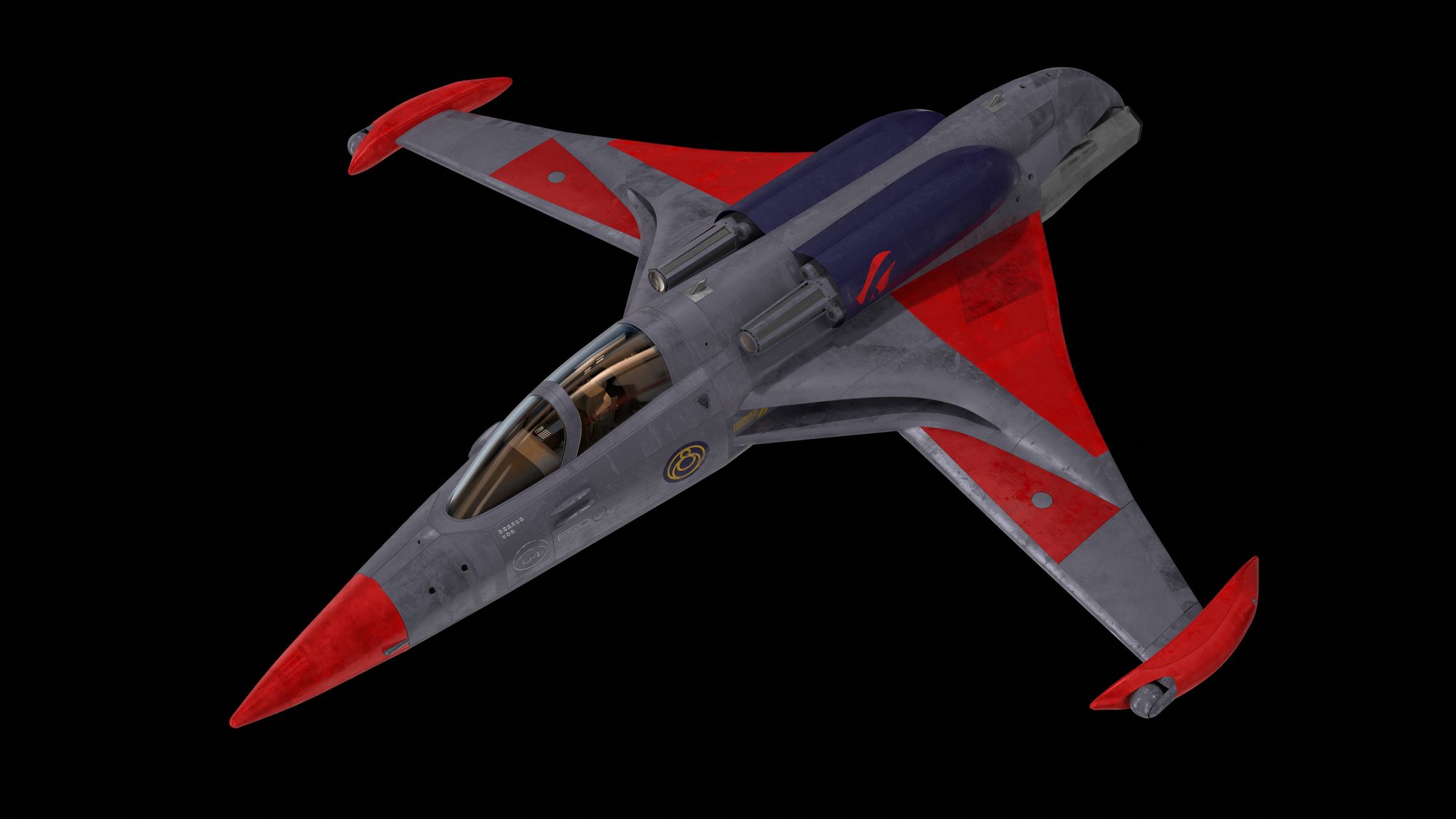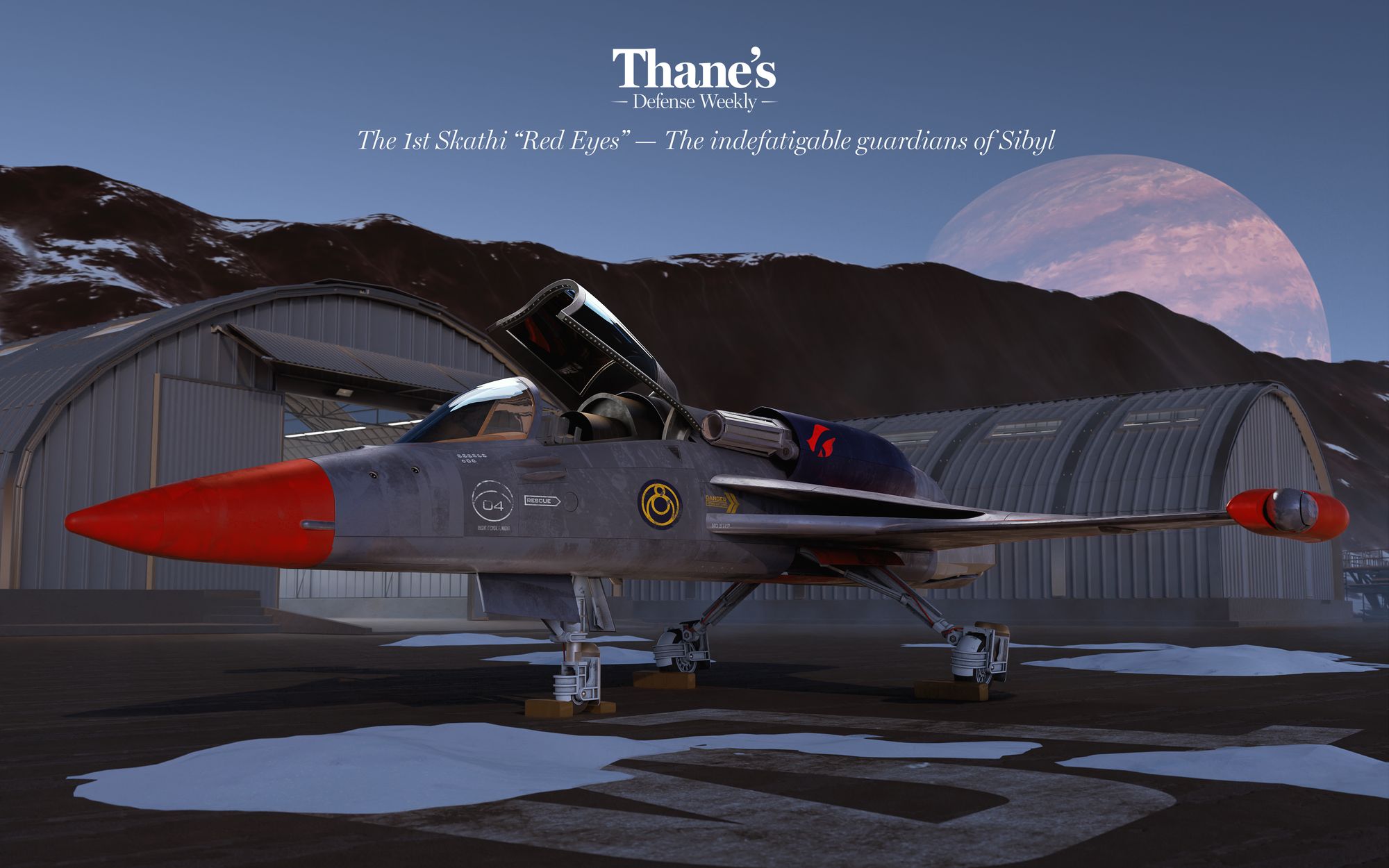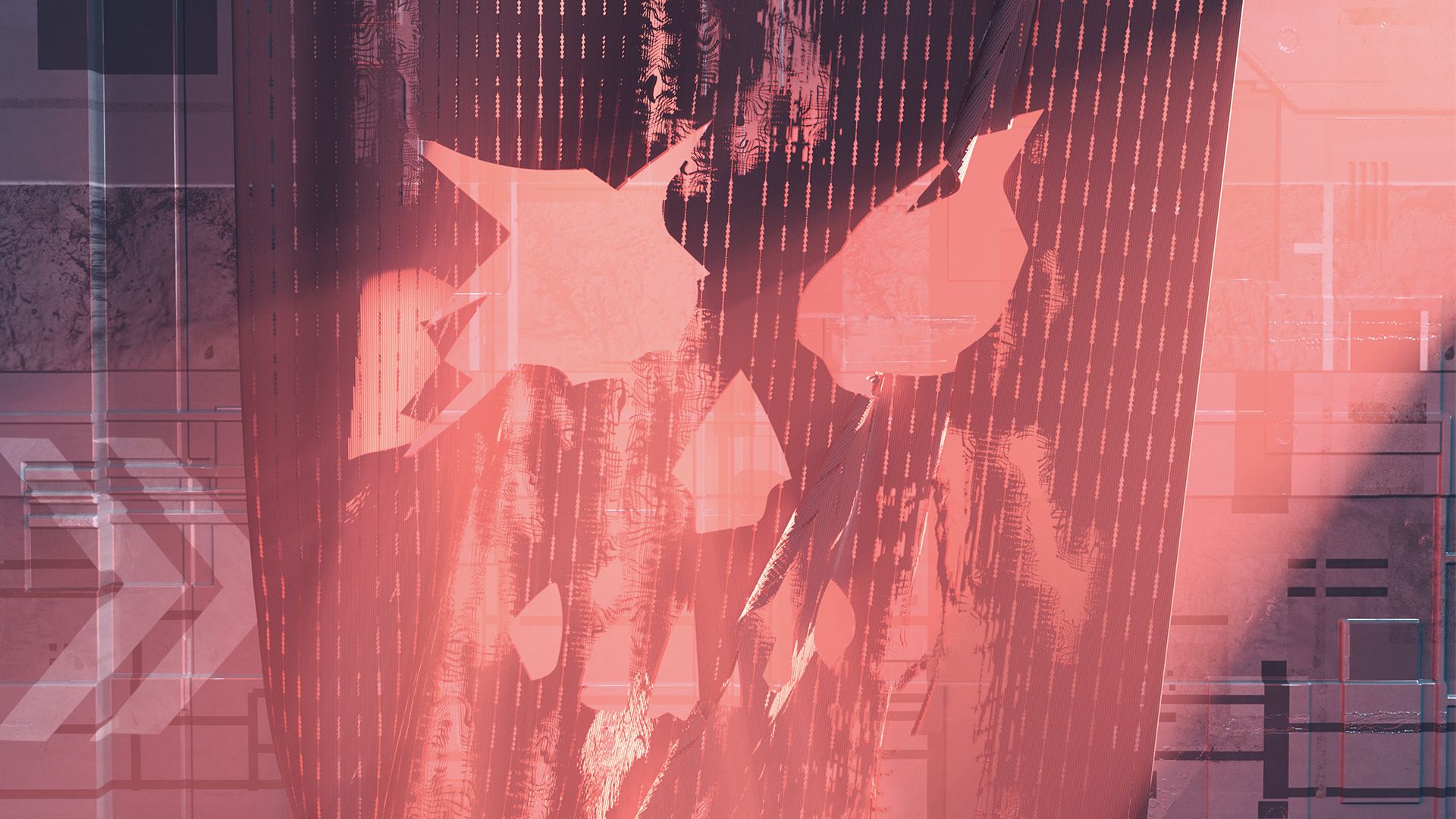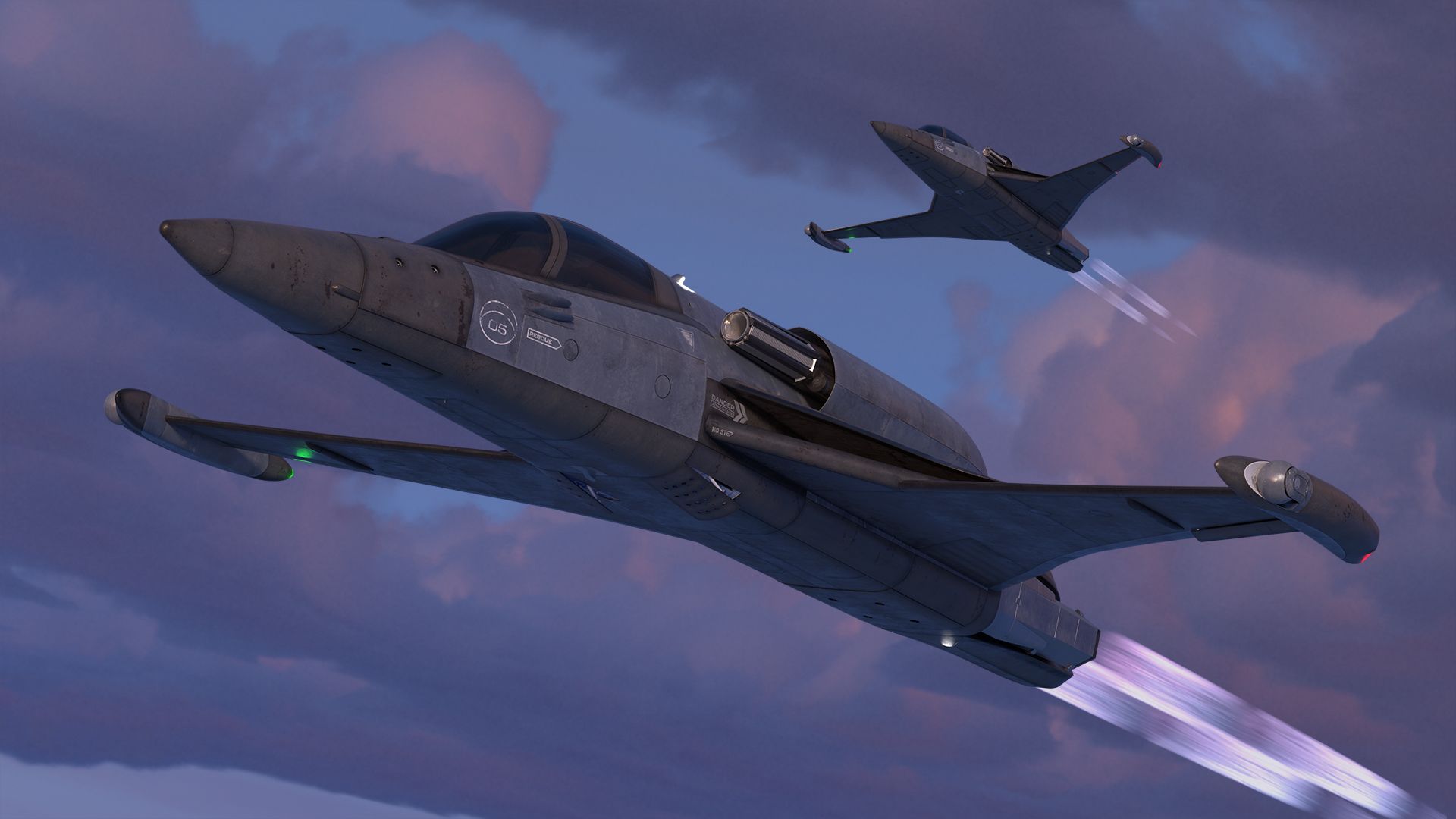Thane's Defense Weekly articles constitute official Stardust canon.
Reporting for Thane’s open source intelligence, I’m Cole Ecclestros.
Much has been said throughout the years of the strength of the Sibylean Royal Navy, the smallest of the heavenbound forces in The Bary but arguably the most powerful relative to its size. Historians and analysts debate and dither over the truest and most logical reasons for this, from the Sibylean’s incredible state expenditures on raw science and engineering research to the passionate defense of a noble citizenry. Our assessment at Thane’s has always taken the middle ground on this topic. A number of factors led to the triumph of the Royal Navy over the Republican Fleet a century ago.
One less discussed aspect of the Royal Navy’s defense strategy is what the Sibyleans call “ke vive” in Astrilish. In Geminese, this roughly translates to “Who goes there?” but is not a question in the literal sense. Ke vive is instead a concept in and of itself — an ever-present state of alert posture — that questions the traditional raising and lowering of the guard dependent on threat conditions. This may seem aggressive for a society that is at its core peaceful, but one must consider the centuries of medieval warfare that tore Sibyl apart in the first instance, and their war defending invasion by the Novani Republic in the second.
The Sibyleans are therefore considered by many in the intelligence community to be unmatched in their surface-to-sky interception capabilities, and no strike craft squadron exemplifies ke vive more than the 1st Skathi ‘Red Eyes’, a proud but understated outfit hailing from the frigid southern poles of their homeworld.

The 1st ‘Red Eyes’ are a Royal Navy squadron with a long and distinguished heritage that predates the Novani-Sibylean War. Currently based out of the dark, quiet, far southern science and mining outpost of Skathi, the RN task group originated as a mere internal security presence for scientists and engineers studying the frigid, far southern reaches of Sibyl, where any starshine from Astrild is a blessing and average lows routinely crater below -100 Celsius.
During the war with the Novani, the 1st ‘Red Eyes’ became much more. The Royal Navy delivered several Lancer-class sloops-of-war to the regional base with the intention of shoring up security in polar orbit for its communications and geo-mapping satellites. Though few in number, the ‘Red Eyes’ interceptor pilots — so named for their unhinged circadian rhythms even by Sibylean standards — repelled wave after wave of attempted Novani drone strikes on key telecommunications infrastructure that the government and populace desperately needed to keep intact.
An example of a Lancer squadron with slowly building but unrelenting success, and a linchpin of effort underappreciated in the wider Novani-Sibylean War by the general populace, the Royal Navy admiralty deemed their watchfulness crucial, and celebrated their historical importance by making them the first squadron to train on and receive the K-3E Lancer II multi-crew platform several decades later.
These days, the ‘Red Eyes’ remain few in number but proud. They fly the new K-5A Crossbow trans-atmospheric fighter-interceptor exclusively, a well-earned reward for their vigilance over the southern reaches of Sibyl, from Skathi to the larger and more temperate settlements of Queenstown, Aesbrul, and Diya.



